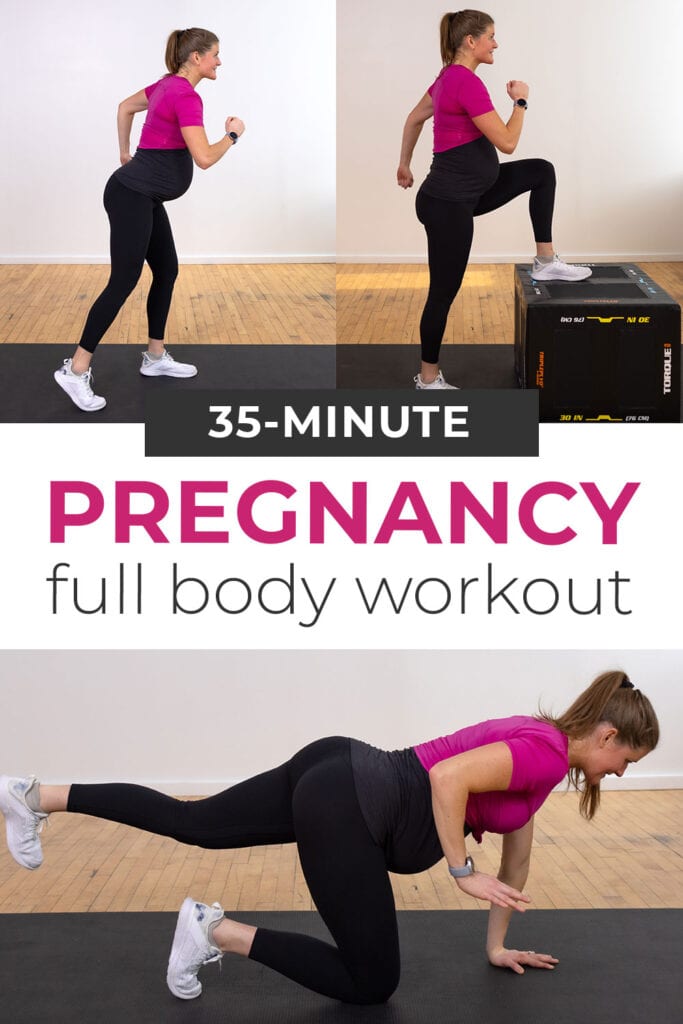Empowering Moms Full Body Workouts During Pregnancy

Safely Fit: Full Body Workout During Pregnancy
Understanding the Benefits of Full Body Workouts
Pregnancy is a transformative journey for any woman, both physically and emotionally. Amidst the changes, maintaining a regular exercise routine can contribute significantly to overall well-being. Full body workouts during pregnancy offer a multitude of benefits, ranging from improved cardiovascular health to enhanced muscle strength and endurance. By engaging multiple muscle groups simultaneously, these workouts provide a comprehensive approach to fitness that supports the unique needs of expectant mothers.
Navigating Safety and Precautions
While exercise is generally encouraged during pregnancy, it’s essential to approach it with caution and awareness of your body’s limitations. Before embarking on a full body workout regimen, consult with your healthcare provider to ensure that it’s safe for you and your baby. Certain exercises may need to be modified or avoided altogether, especially as your pregnancy progresses. Listen to your body, stay hydrated, and avoid overexertion to minimize any potential risks.
Choosing the Right Exercises
Full body workouts encompass a wide range of exercises that target various muscle groups, providing a balanced approach to fitness. During pregnancy, it’s advisable to focus on low-impact exercises that minimize stress on the joints and pelvic floor. Incorporate exercises such as squats, lunges, modified push-ups, and seated rows to strengthen major muscle groups while maintaining stability and balance. Additionally, incorporating prenatal yoga or Pilates can enhance flexibility, promote relaxation, and alleviate common pregnancy discomforts.
Emphasizing Core Strength and Stability
The core plays a crucial role in supporting the spine, maintaining posture, and preventing lower back pain during pregnancy. Incorporating exercises that target the core muscles—such as pelvic tilts, modified planks, and abdominal bracing—can help strengthen the abdominal muscles and improve stability. However, it’s essential to avoid traditional crunches or twisting movements that may strain the abdominal muscles or exacerbate diastasis recti, a separation of the abdominal muscles common in pregnancy.
Prioritizing Cardiovascular Health
Cardiovascular exercise is essential for maintaining heart health, increasing stamina, and managing weight gain during pregnancy. Low-impact cardio activities such as walking, swimming, stationary cycling, and prenatal aerobics can effectively elevate the heart rate without placing undue stress on the body. Aim for at least 30 minutes of moderate-intensity cardio most days of the week, gradually increasing or decreasing intensity as needed based on your energy levels and comfort.
Incorporating Strength Training
Strength training exercises are integral to maintaining muscle tone, promoting functional strength, and preparing the body for labor and childbirth. Focus on using light to moderate weights or resistance bands and performing higher repetitions to fatigue the muscles without straining them. Exercises such as bicep curls, shoulder presses, and chest presses can help maintain upper body strength, while leg presses, leg curls, and calf raises target the lower body muscles effectively.
Listening to Your Body
Throughout your pregnancy, it’s essential to listen to your body and adjust your workout routine accordingly. Pay attention to any signs of discomfort, dizziness, or shortness of breath, and modify or stop exercises as needed. Stay
